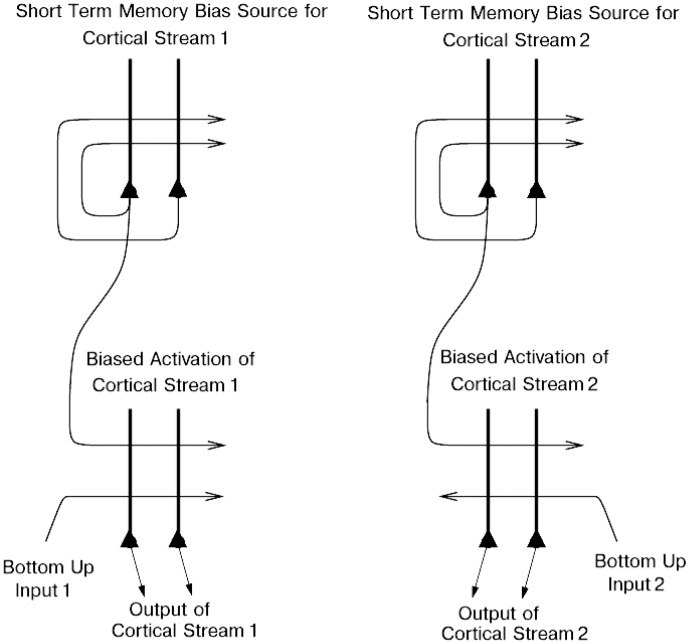Figure 6. A Biased activation theory of selective attention.
The short-term memory systems that provide the source of the top-down activations may be separate (as shown), or could be a single network with different attractor states for the different selective attention conditions. The top-down short-term memory systems hold what is being paid attention to active by continuing firing in an attractor state, and bias separately either cortical processing system 1, or cortical processing system 2. This weak top-down bias interacts with the bottom up input to the cortical stream and produces an increase of activity that can be supralinear [98]. Thus the selective activation of separate cortical processing streams can occur. In the example, stream 1 might process the affective value of a stimulus with the areas involved including the anterior lateral prefrontal cortex with a top-down influence on the orbitofrontal cortex, and stream 2 might process the intensity and physical properties of the stimulus with the areas involved including the posterior lateral prefrontal cortex with a top-down influence on the insular taste cortex. The outputs of these separate processing streams then must enter a competition system, which could be for example a cortical attractor decision-making network that makes choices between the two streams, with the choice biased by the activations in the separate streams [19].

